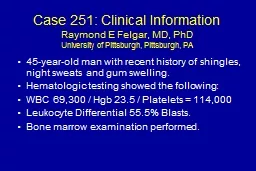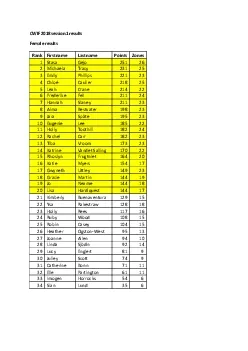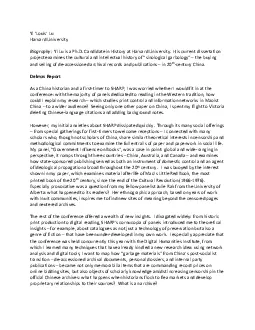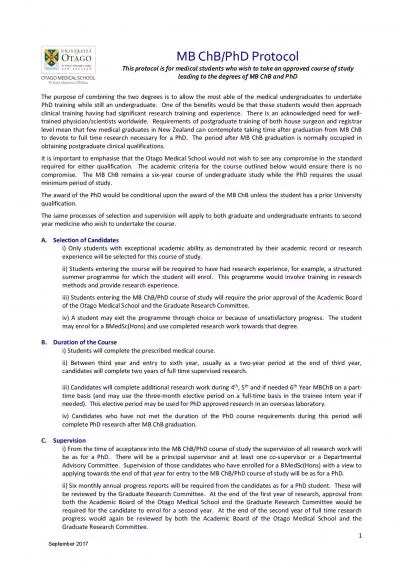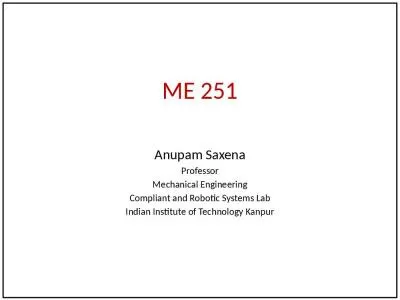PPT-Case 251: Clinical Information
Author : pamella-moone | Published Date : 2017-09-19
Raymond E Felgar MD PhD University of Pittsburgh Pittsburgh PA 45yearold man with recent history of shingles night sweats and gum swelling Hematologic testing showed
Presentation Embed Code
Download Presentation
Download Presentation The PPT/PDF document "Case 251: Clinical Information" is the property of its rightful owner. Permission is granted to download and print the materials on this website for personal, non-commercial use only, and to display it on your personal computer provided you do not modify the materials and that you retain all copyright notices contained in the materials. By downloading content from our website, you accept the terms of this agreement.
Case 251: Clinical Information: Transcript
Download Rules Of Document
"Case 251: Clinical Information"The content belongs to its owner. You may download and print it for personal use, without modification, and keep all copyright notices. By downloading, you agree to these terms.
Related Documents

